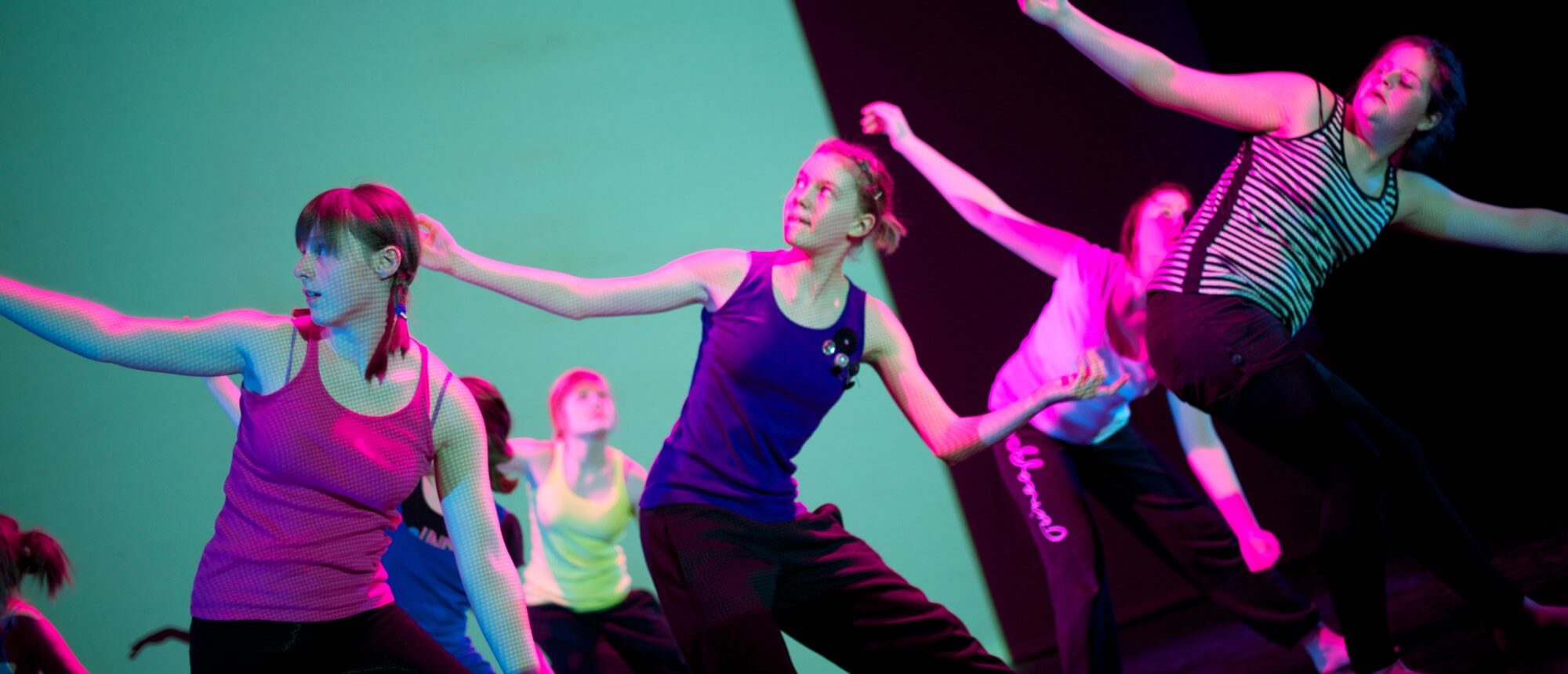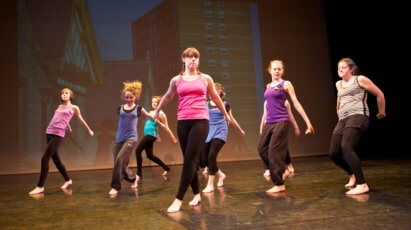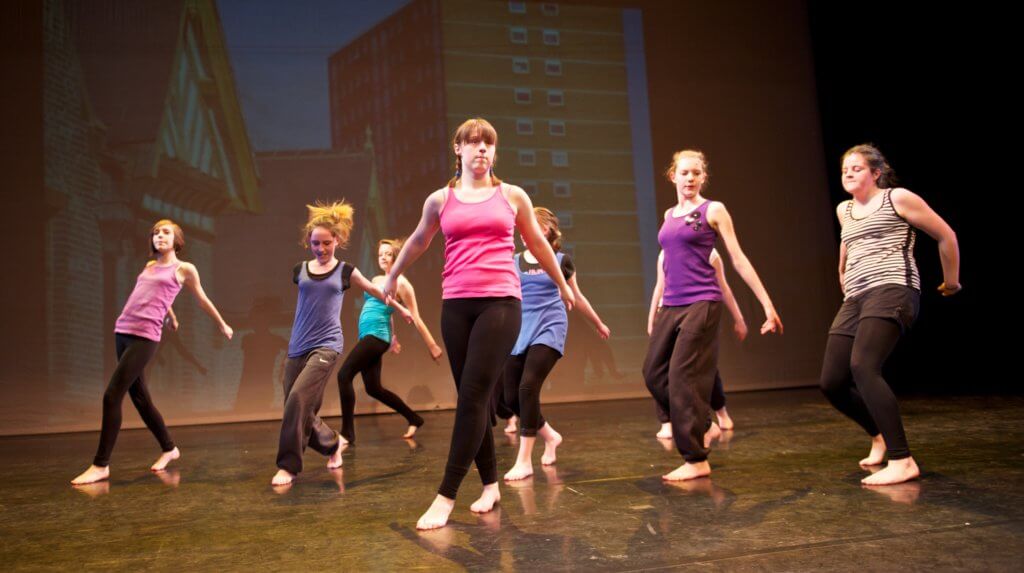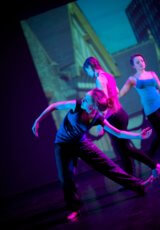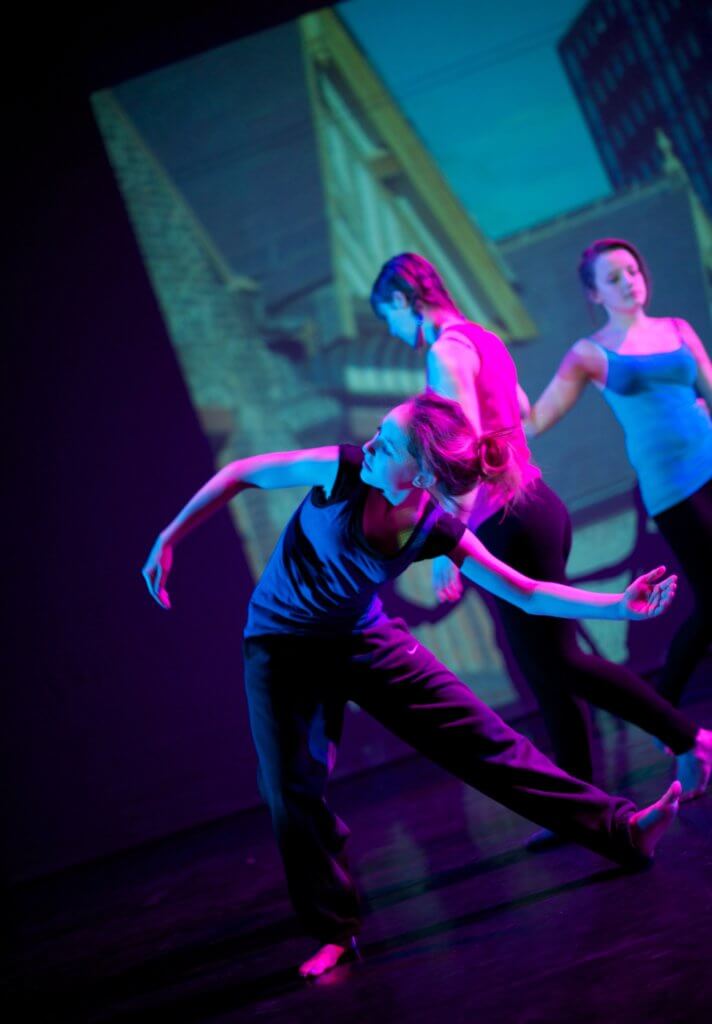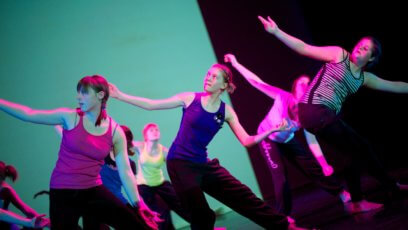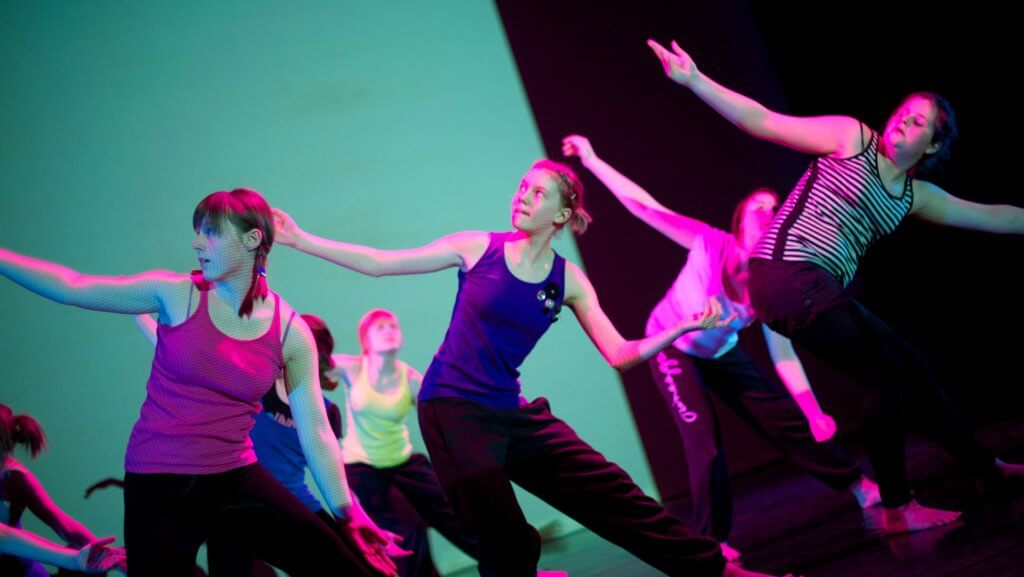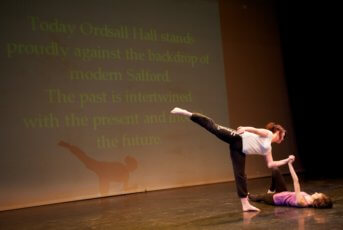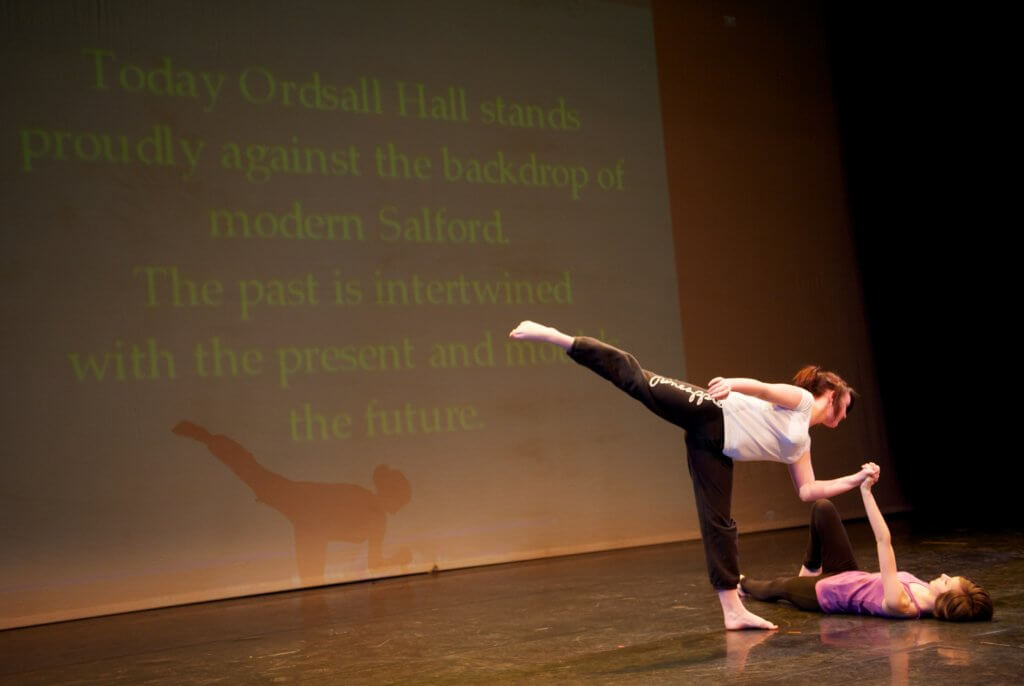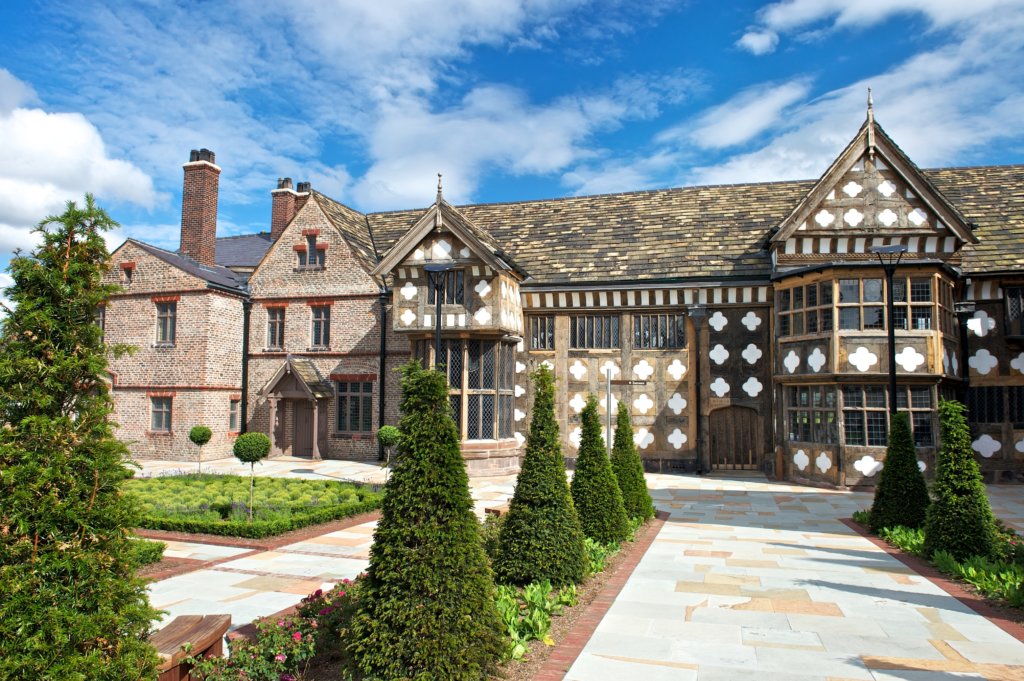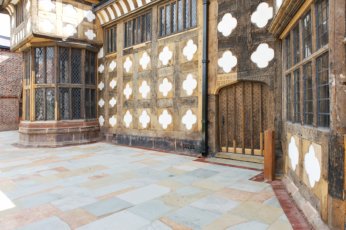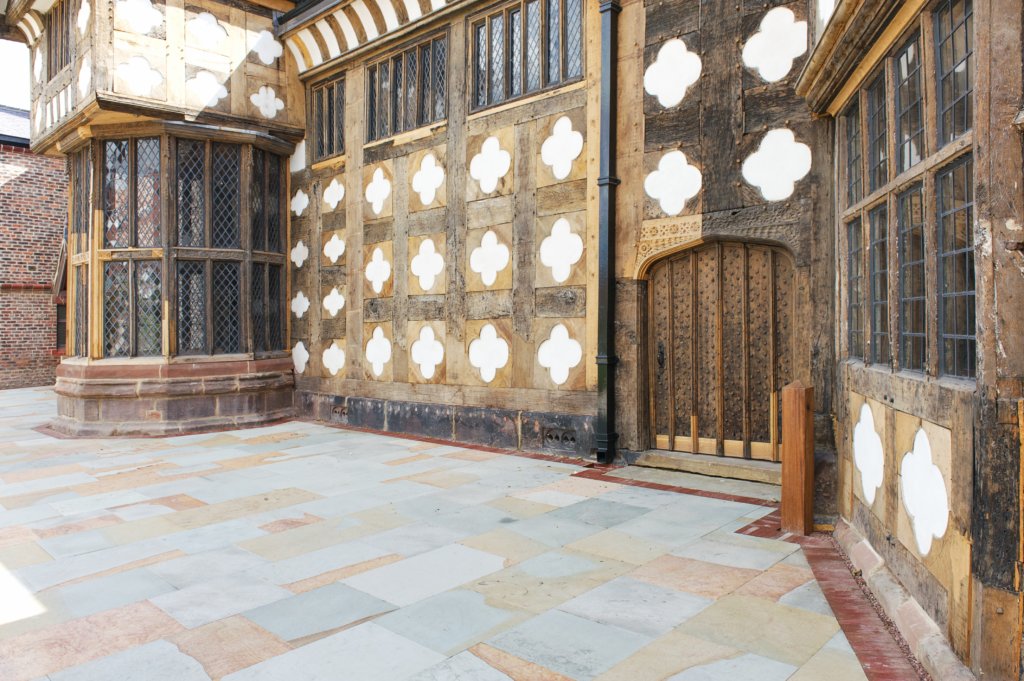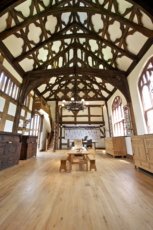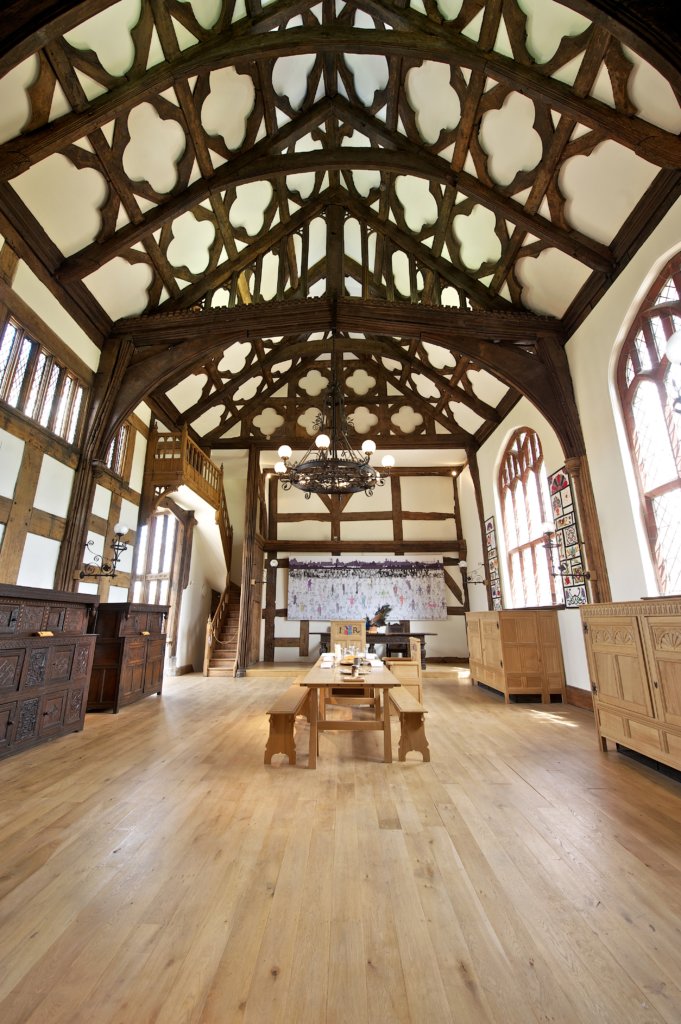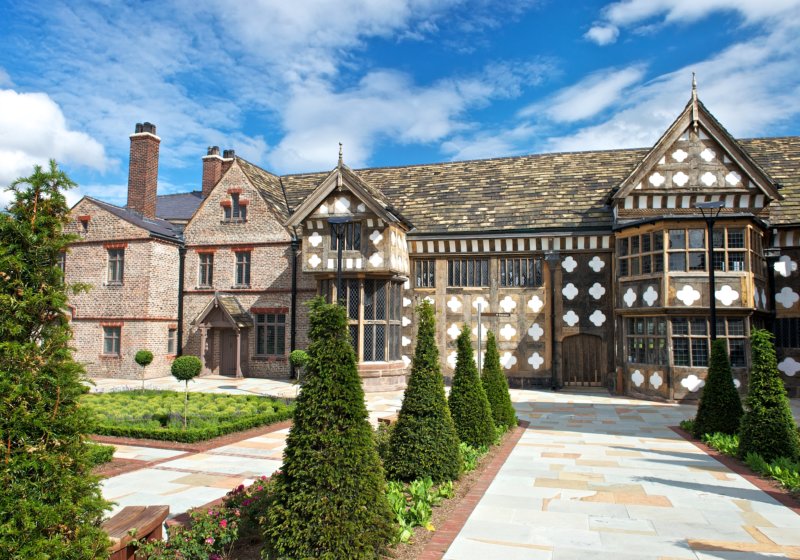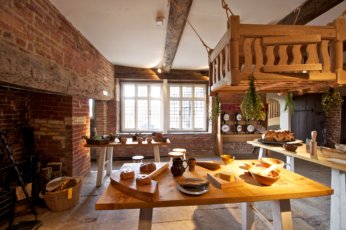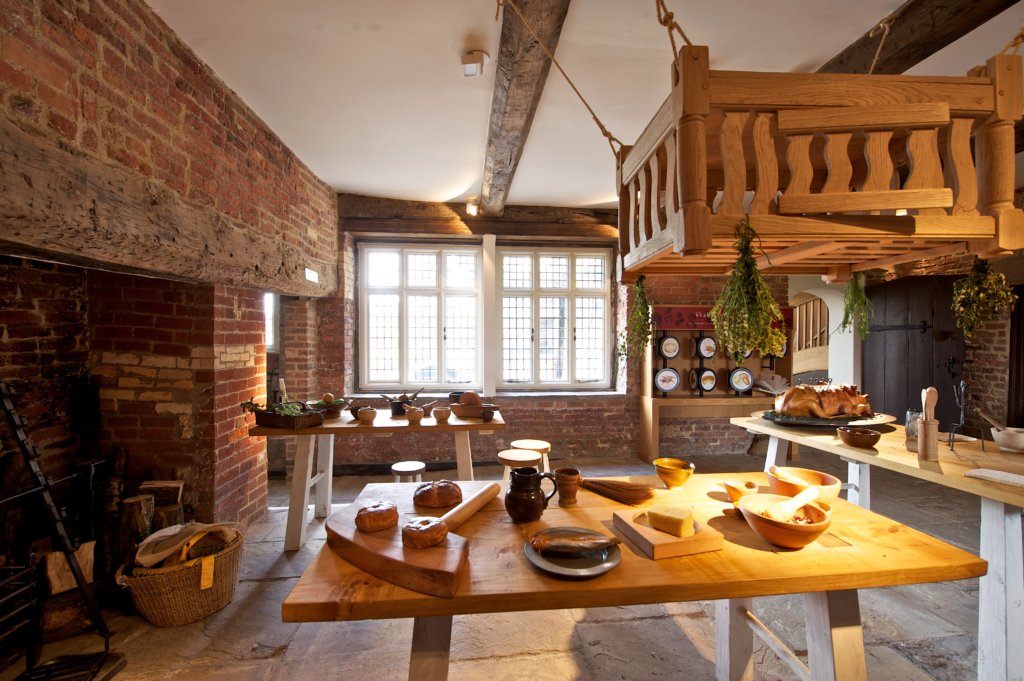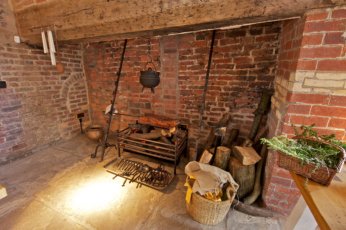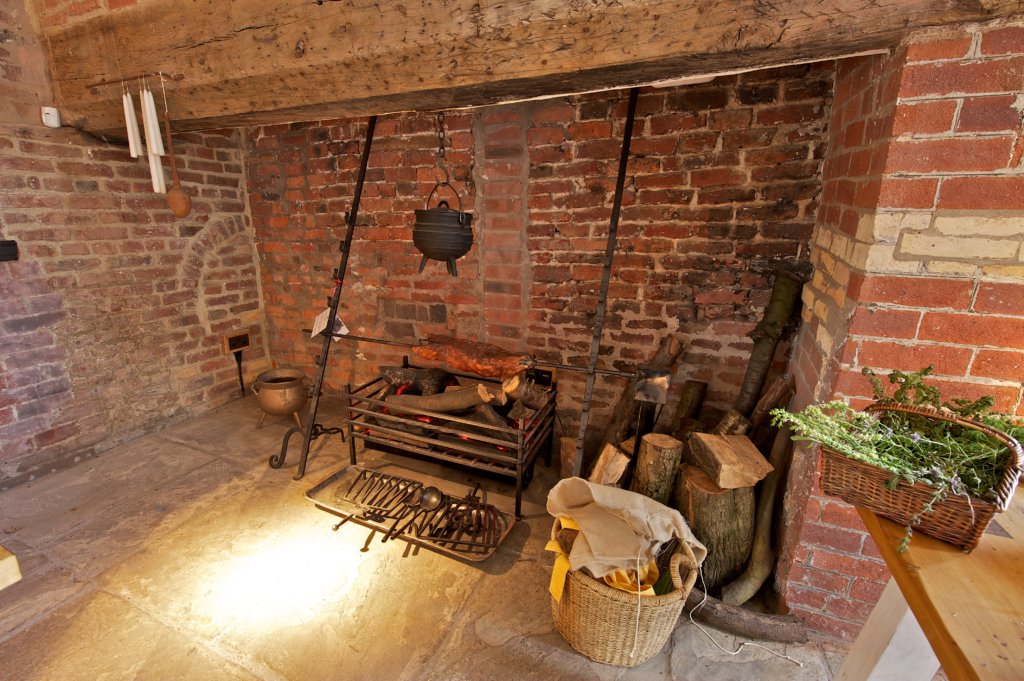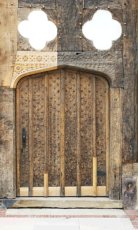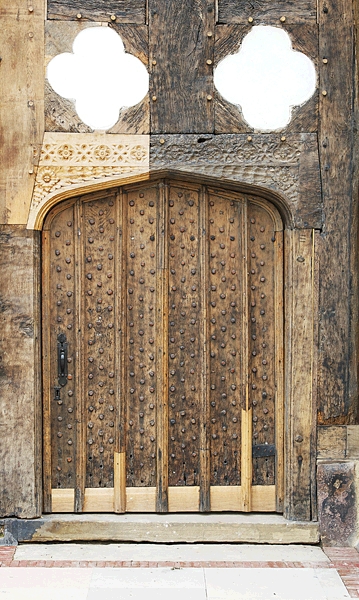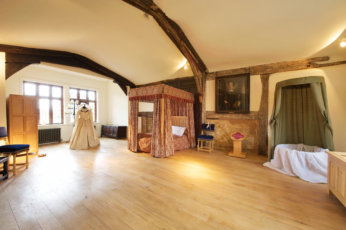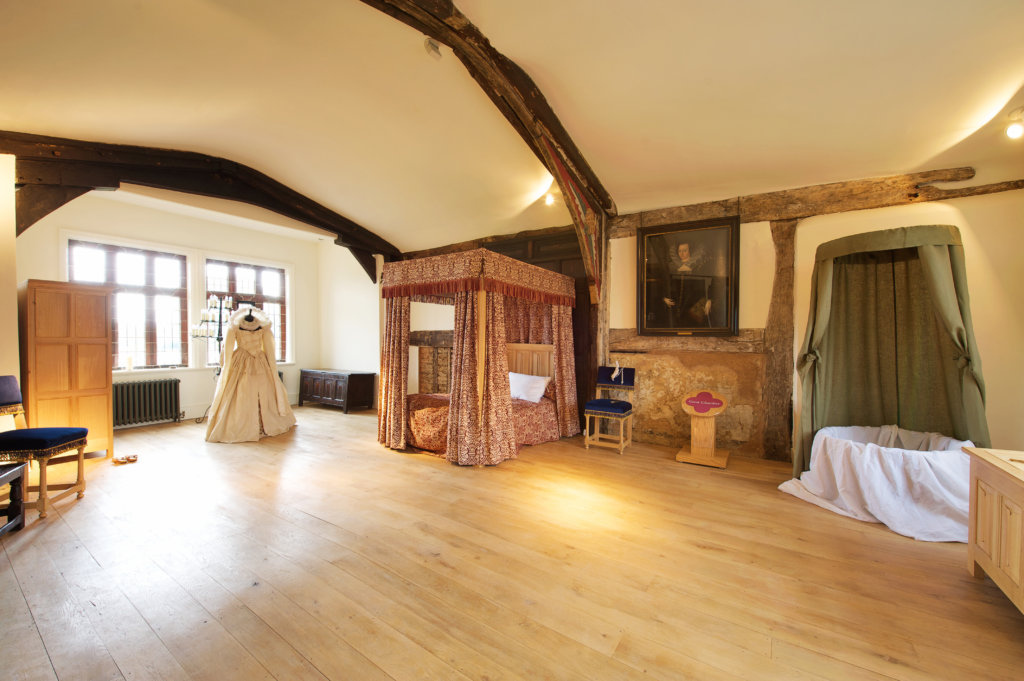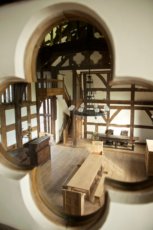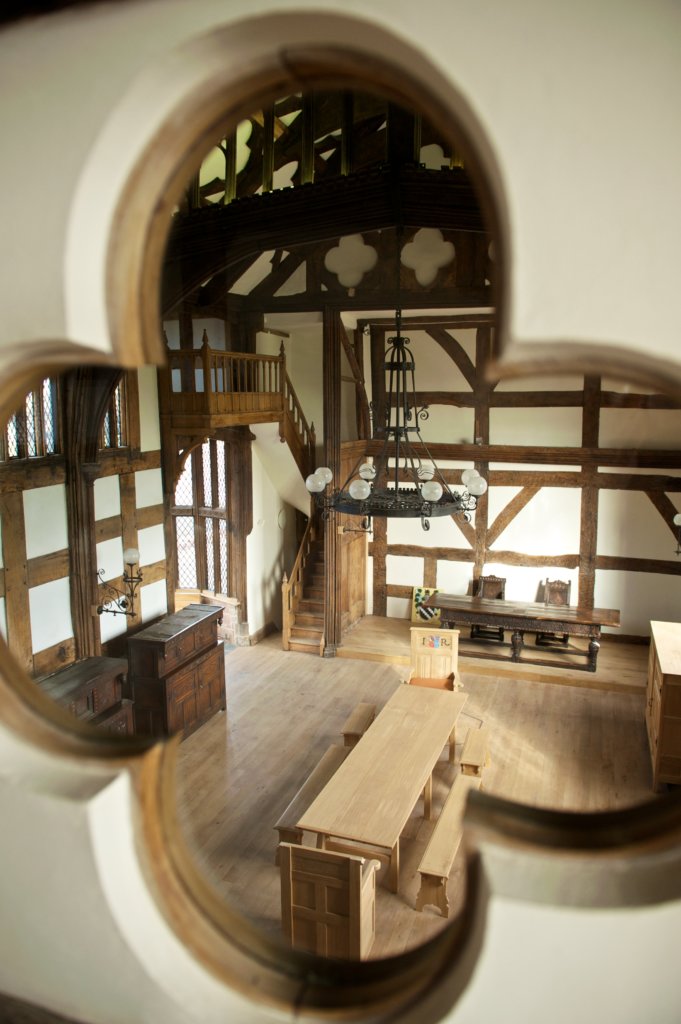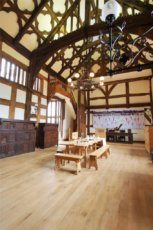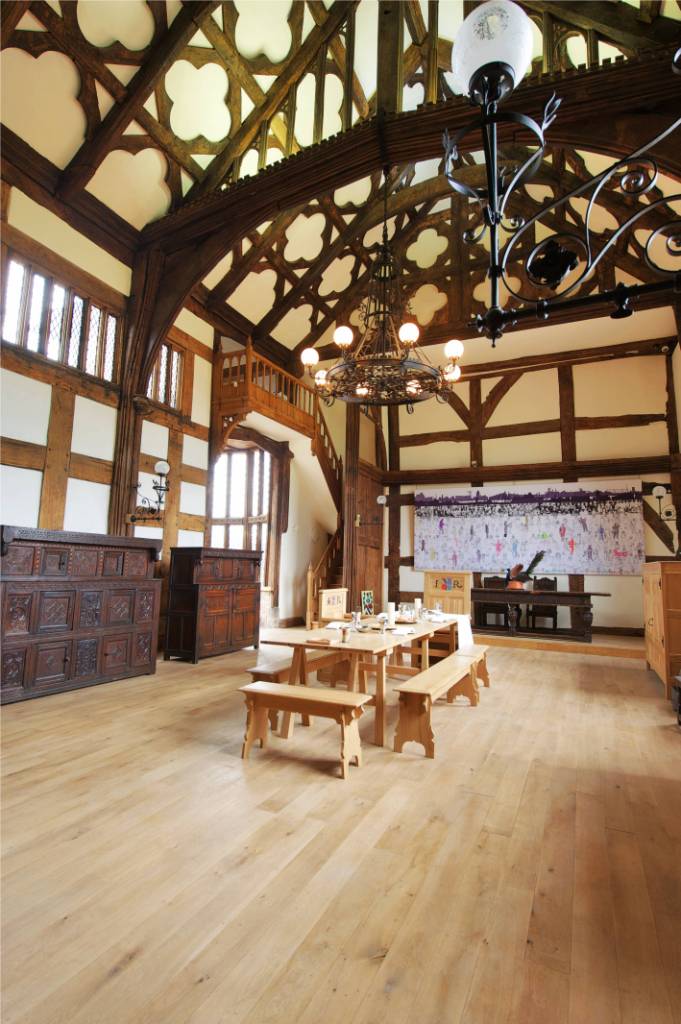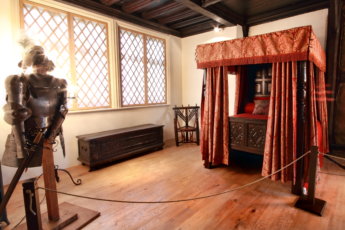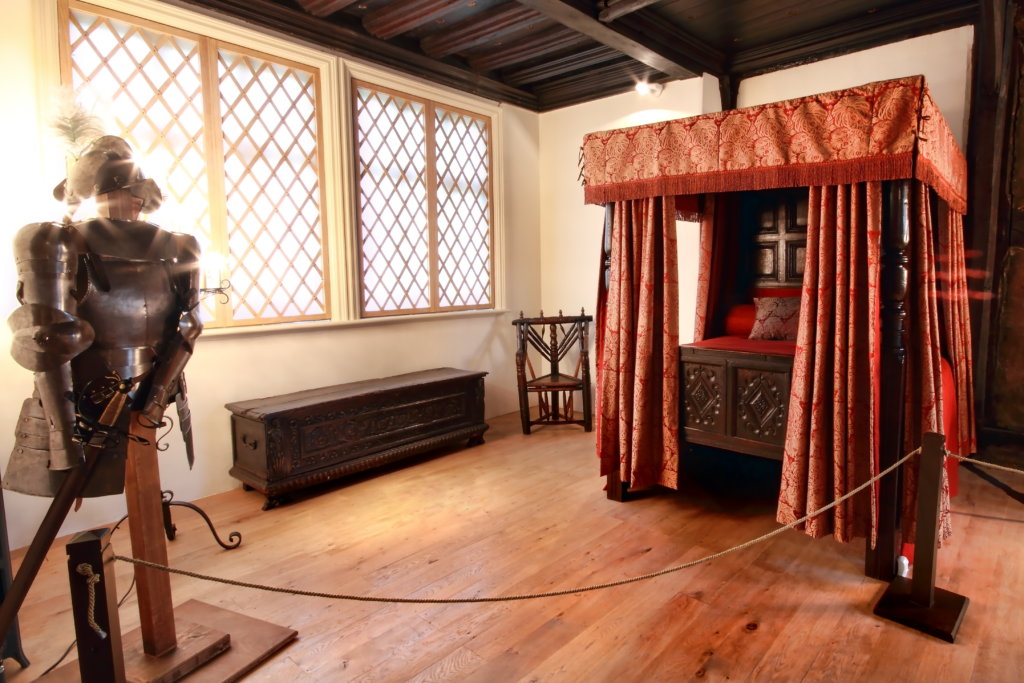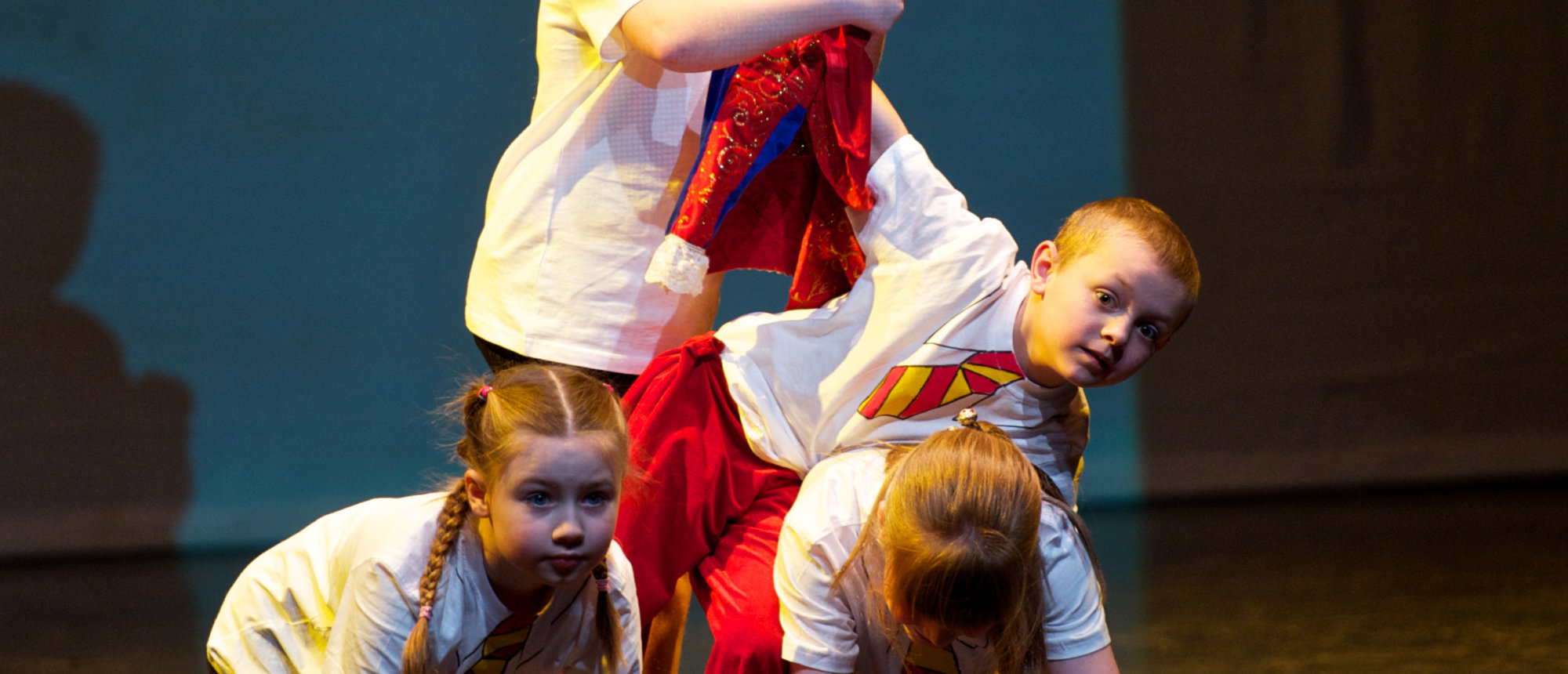About these activities
These activities are inspired by the theme of the exploration of history.
They explore movement and dance.
They can be used
- as stand alone activities or
- as follow up to a visit to Ordsall Hall
There are Dancing the Past to Life resources on other themes: View all the Dancing the Past to Life resources.
Activities
Starter Activity - Learning a Street Dance Unison Sequence
Objectives
To explore actions, space and dynamics becoming familiar with the language of dance
To learn a Street Dance sequence and practice dancing this in unison
Activities
Warm up – see Dancing the Past to Life clip 17 for some ideas.
Then explore personal space and whole space travelling around the space with a variety of actions (rolls, slides, jumps, running) and using a variety of space (directions and levels) and dynamics.
Teach a street dance sequence which the students then practice to dance in unison. If you would rather, then the sequence could be created together as a whole class with group members putting forward ideas for movements. See Dancing the Past to Life clip 28 for an example of street dance moves danced at the same time as other students dance Tudor style dance.
Plenary activity - Comparing Street dance with Tudor Dance
Objectives
To learn a Tudor Dance
To discuss the differences and similarities between Street Dance and Tudor Dance
Activities
This activity follows the starter activity learning a Street Dance unison sequence
Recap the Street Dance sequence learnt during the street dance activity.
Warm up – see Dancing the Past to Life clip 17 for some ideas.
Learn a simple Tudor Dance – see Dancing the Past to Life – Tudors Rich and Poor and Dancing the Past to Life clip 9 for some ideas.
Discuss the differences of the two dance styles.
Put together the two dance styles by some children dancing the Tudor Dance and some dancing the Street Dance.
Plenary activity - Group work fusing together Street Dance and Tudor Dance
Objectives
For students to work in groups to create a group dance fusing together the two styles of Street Dance and Tudor Dance.
Activities
This activity follows the Learning a Street Dance Unison Sequence and Comparing Street dance with Tudor Dance activities.
Briefly recap elements of the Street and Tudor Dance from those activities.
Warm up – see Dancing the Past to Life clip 17 for some ideas.
Put the students into groups of 4 or 6 and ask them to create a group dance by fusing together the two styles of Street Dance and Tudor Dance.
Give the students success criteria which could be:
- To create a group dance which fuses together the two styles selecting formations and actions and stylistic qualities from both
- At times use the characteristic of partner dance taken from Tudor Dance
- Be creative with the actions, space, dynamics, relationships from both dance styles to create new variations of the movements e.g. develop some of the Tudor movements so that they can be danced at a different level
- Incorporate moments of unison and canon and individuality where dancers could dance different things
Plenary activity - Contact work duets
Objectives
To work with a partner to learn some basic lifts and contact work
For students to create a duet using some of the contact work and also some movements from Tudor and/or street dance
Activities
Warm up – see Dancing the Past to Life clip 17 for some ideas.
Put the students in pairs and lead them through learning some lifts and counterbalances and contact work. See Dancing the Past To Life clip 6 for examples of contact work.
Ask the students to create a duet which uses some of the lifts and also some movements from either the Street Dance or Tudor Dance (you may find the activities Learning a Street Dance Unison Sequence and Comparing Street dance with Tudor Dance useful here)
The duet should be lively, exciting, fun and joyful. See Dancing the Past to Life clip 29 for an example duet.
Plenary activity - Group Work – The Architecture of Ordsall Hall
Objectives
To observe patterns and designs in the architecture of Ordsall Hall and translate these into group shapes and movements in the body
For students to work in groups to create group dances to show the architecture of the hall
Activities
Warm up – see Dancing the Past to Life clip 17 for some ideas.
Put the students into groups of 6 to create about 3 group shapes which show the architecture of the building.
Ask them to start by looking at the photos and choosing 3 patterns that they are inspired by the most (encourage them to choose a variety of patterns).
The students can then work together in their groups of 6 to create group shapes (using balances and supports) to show the designs/architecture.
Ask them to perform these with smooth links between the 3 shapes so that it becomes a dance rather than a series of shapes. See Dancing the Past to Life clip 30 for an example of a group dance inspired by Ordsall Hall.
About the Dancing the Past to Life project
Ordsall Hall closed its doors in 2009 for a major restoration and development project, and after two years ‘under wraps’ the Hall re-opened to the public on Sunday 15th May 2011.
On Friday 18th March 2011 school children from across Salford proudly presented ‘Dancing the Past to Life’, a dance work created to celebrate the re-opening of the Hall.
The Heritage Lottery Fund funded the project. It involved six schools working with dance artist Rachel Towe during the spring term. The aim was to create a dance inspired by the stories, artefacts and events that Ordsall Hall has been connected with through its history.
Each school created a dance of approximately 5 minutes in length based on their theme and the final show saw all the dances come together as one performance.
These activities can be used to explore movement and dance inspired by the themes of the exploration of history
- the Tudors
- Guy Fawkes
- the Second World War
- and Ordsall Hall today.

